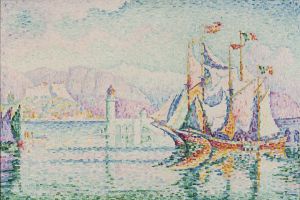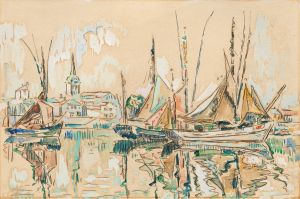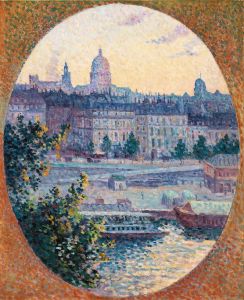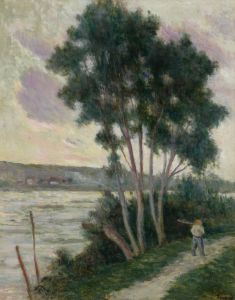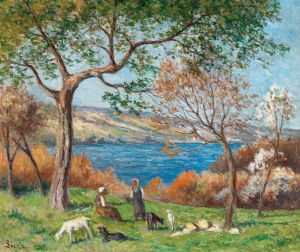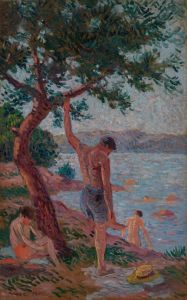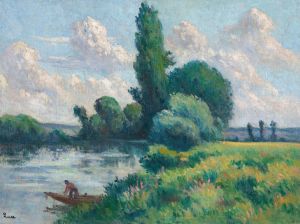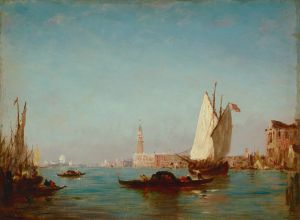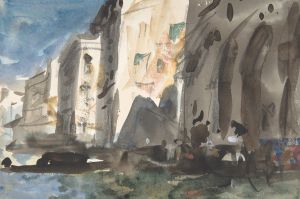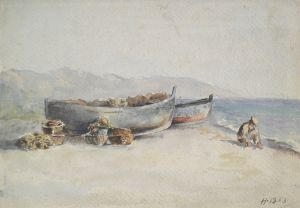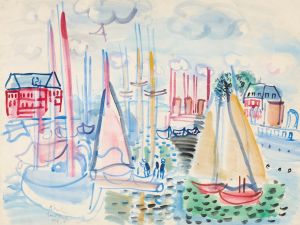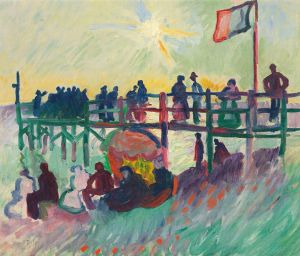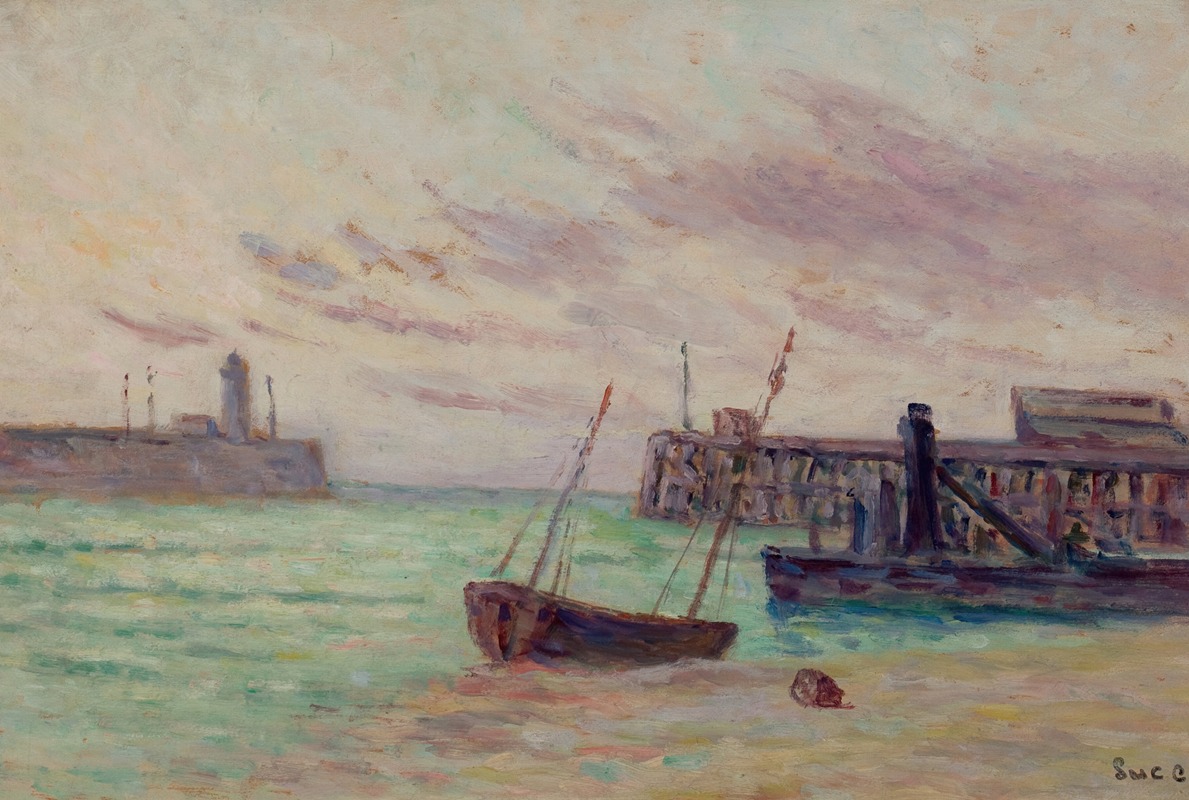
Le Entrée du Port
A hand-painted replica of Maximilien Luce’s masterpiece Le Entrée du Port, meticulously crafted by professional artists to capture the true essence of the original. Each piece is created with museum-quality canvas and rare mineral pigments, carefully painted by experienced artists with delicate brushstrokes and rich, layered colors to perfectly recreate the texture of the original artwork. Unlike machine-printed reproductions, this hand-painted version brings the painting to life, infused with the artist’s emotions and skill in every stroke. Whether for personal collection or home decoration, it instantly elevates the artistic atmosphere of any space.
Le Entrée du Port is a painting by the French artist Maximilien Luce, created in 1897. Luce was a prominent figure in the Neo-Impressionist movement, which was characterized by the use of pointillism—a technique involving the application of small, distinct dots of color to form an image. This method was developed by Georges Seurat and Paul Signac, with whom Luce was closely associated.
Maximilien Luce was born on March 13, 1858, in Paris, France. He initially trained as an engraver before turning to painting. His works often depicted urban and industrial scenes, reflecting his interest in the lives of the working class and the changing landscapes of late 19th-century France. Luce's involvement in anarchist circles also influenced his art, imbuing it with a sense of social consciousness.
Le Entrée du Port, translated as "The Entrance of the Port," exemplifies Luce's mastery of the Neo-Impressionist technique. The painting captures a bustling harbor scene, likely inspired by the ports of Normandy or Brittany, regions that Luce frequently visited. The composition features a variety of boats and ships, with their masts and sails creating a dynamic interplay of lines and shapes. The water is rendered with meticulous dabs of blue and green, reflecting the light and movement of the scene.
Luce's use of color in Le Entrée du Port is particularly noteworthy. He employed a vibrant palette to convey the lively atmosphere of the port. The sky is painted in shades of blue and white, suggesting a clear, sunny day. The boats are depicted in a range of colors, from deep reds and browns to lighter yellows and whites, adding to the visual richness of the painting. The pointillist technique allows for a shimmering effect, as the individual dots of color blend in the viewer's eye to create a cohesive image.
The painting also demonstrates Luce's keen observational skills and his ability to capture the essence of a scene. The figures in the painting, though rendered with minimal detail, are animated and engaged in various activities, contributing to the overall sense of movement and vitality. The composition is carefully balanced, with the boats and figures arranged in a way that guides the viewer's eye through the scene.
Le Entrée du Port is part of the collection of the Musée d'Orsay in Paris, which houses an extensive array of works from the late 19th and early 20th centuries. The museum's collection includes other notable pieces by Luce, as well as works by his contemporaries in the Neo-Impressionist movement.
Maximilien Luce continued to paint and exhibit his works until his death on February 6, 1941. His contributions to the Neo-Impressionist movement and his dedication to depicting the realities of modern life have earned him a lasting place in the history of art. Le Entrée du Port remains a testament to his skill and vision, capturing a moment of everyday life with both precision and beauty.





